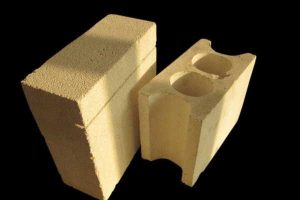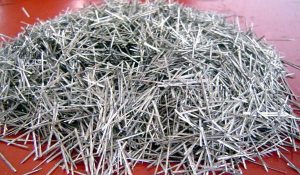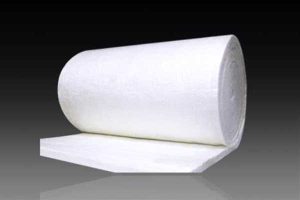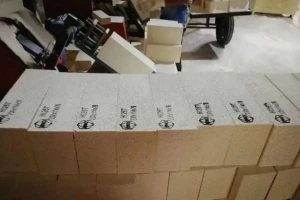The Current Situation of Ceramic Fiber Insulation Material Prospect Analysis
According to the relevant information, ceramic fiber insulation refractory materials are widely used in various types of thermal furnace insulation and high-temperature materials. Due to its large capacity being lower than other refractory materials, so the heat storage is very small, and the insulation effect is obvious.
As a furnace lining material, it can greatly reduce the energy loss of thermal furnaces, bringing a revolution in energy saving for thermal furnaces. On the other hand, its application technology and methods for the masonry of the hot work furnace have also brought a revolution.
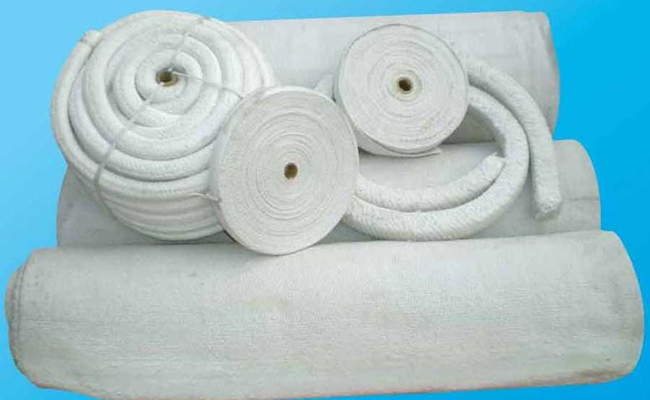
1. The Current Situation of The Use of Ceramic Fiber Insulation Refractory Materials
Ceramic fiber first appeared in 1941, in the United States Babb, Wilcox company with natural kaolin, with an electric arc furnace melt blown into the fiber.
In the late 1940s, the United States two companies to produce aluminosilicate series of fibers, and the first application in the aviation industry.
In the 1960s, the United States developed a variety of ceramic fiber products used in industrial furnace wall lining.
In the 1970s, ceramic fiber production in China began to use, and its application technology in the 1980s was rapidly promoted. But with the main applicable temperature range below 1000 ℃, the application of technology is relatively simple and backward.
After entering the 1990s, with the promotion and application of zirconium-containing fibers and polycrystalline alumina fibers, the use of temperature increased to 1000 ℃ ~ 1400 ℃.
However, due to product quality defects and application technology backward, the application areas and application methods are limited. Such as polycrystalline alumina fibers can not be made into fiber blankets, product specifications are single, and to lose cotton, fiber block is the main.
Although the temperature is increased, the strength is very poor, limiting the scope of use, and also shortening the service life.
Zirconium-containing fiber is a widely used, low-cost aluminosilicate fiber produced by the melt method, and can be used in large quantities as a full-fiber lining for the hot surface of various thermal furnaces.
At present, the quality and application development of domestic products in this area is still relatively backward, and now there are foreign chromium-containing fibers, the use of higher temperatures than zirconium-containing fibers, the domestic has not yet reported on this.
2. The Disadvantages of Ceramic Fiber Insulation Refractory Materials and Prospect Analysis
Although ceramic fiber plays an important role in the field of high-temperature industrial insulation refractory, there are also great production drawbacks.
In particular, it has infallibility, the environment, and the human body have certain hazards, and some foreign enterprises have to strengthen the use of amorphous ceramic fiber restrictions.
At present, a bio-soluble amorphous ceramic fiber in the insulation refractory materials market, this super fiber (siO2-CaO-MgO system ceramic fiber) is a non-polluting environmentally friendly material.
Ceramic fiber products in the future production trends are the direction of non-pollution, refinement, and multi-functional development.
In particular, the use of new technologies, new raw materials, and the preparation of high value-added, high-tech content of functional fine ceramic fiber. Its production chances will be and more, optimizing the thermal insulation refractory material has great significance.

